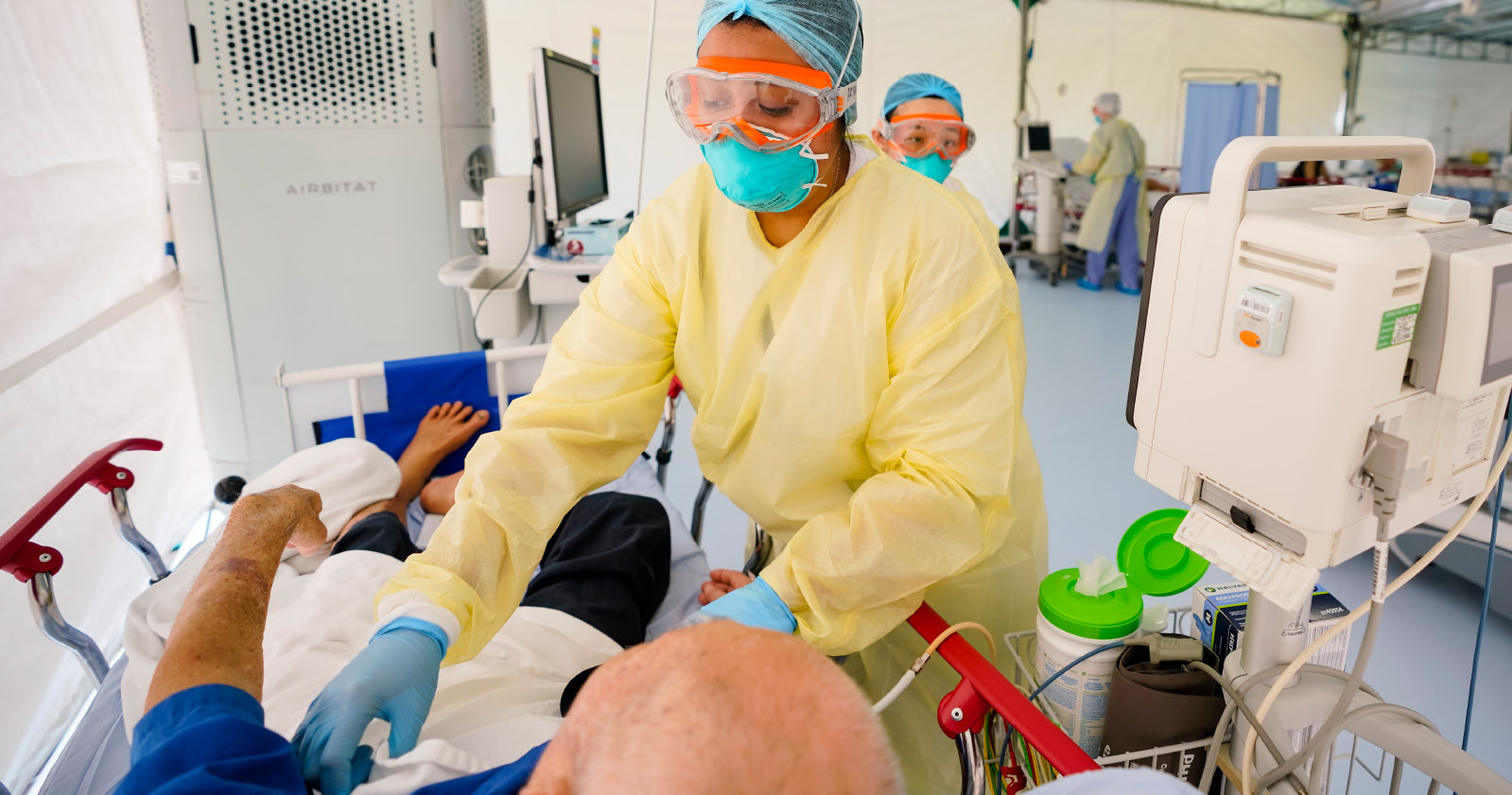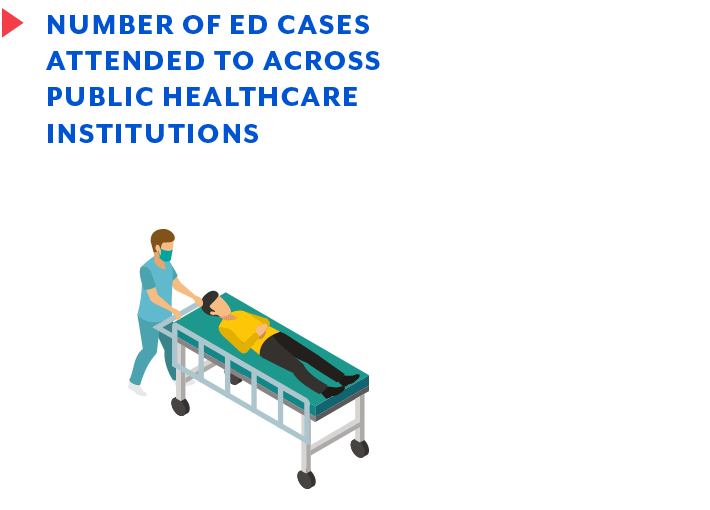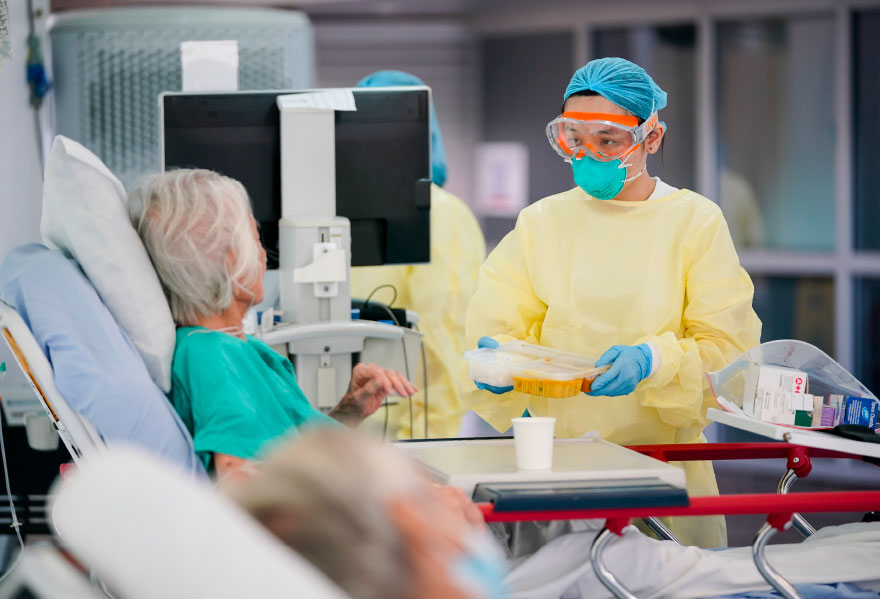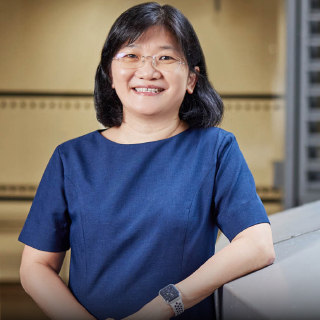EMERGENCY DEPARTMENTS: GROUND ZERO
While on evening shift, I was called by a nurse to attend to two new walk-in patients. The first patient was a tourist from China who displayed respiratory symptoms. When pressed further, he shared that he had arrived from Wuhan. The alarm bells in my head went off.
In January 2020, the Ministry of Health (MOH) initiated several precautionary measures, such as alerting medical practitioners to look out for suspected cases with respiratory symptoms and relevant travel history, implementing temperature screening at Changi Airport for inbound travellers from Wuhan, China, and advising such individuals to seek prompt medical attention if they felt unwell.
Concurrently, healthcare workers at emergency departments (EDs) in hospitals nationwide were put on high alert. They were to don full personal protective equipment (PPE) at work, and be vigilant about suspected cases – such persons were to be sent to isolation zones to mitigate transmission risks.

THE
COVID-19
MARATHON
“Many of us soldiered on for long stretches without leave. Non-resident colleagues were homesick and worried about their families at home. We were hanging by a thread. However, support from the community and the commitment to keep Singapore safe helped us stave off burnout.”
LOCAL TRANSMISSIONS
Inevitably, Singapore General Hospital’s ED saw its first COVID-19 patient on Jan 23, 2020.
As multiple infection waves swept across the nation in the ensuing days, EDs bore the brunt of the surge in cases. Many healthcare workers worked long hours in full PPE, which was mentally and physically draining.
While split team arrangements minimised the risk of cross-infection, it also meant each healthcare worker had to take on a heavier workload.

MANAGING THE SURGE

At EDs, the priority would be to attend to critically ill patients. In most instances, long ED wait times were due to a mismatch in the turnover of hospital beds, which could potentially delay the process of warding ED patients.
To reduce patient load, MOH urged the public to only visit EDs for serious or life-threatening emergencies. Non-urgent COVID-19 patients were sent to COVID-19 treatment facilities, while GPs could attend to COVID-19 patients who had mild symptoms.
To cope with the sheer volume, hospitals like Tan Tock Seng Hospital expanded its ED to create more room for screening.

An ED nurse checks on an elderly patient at Ng Teng Fong General Hospital.
CAREFUL
CALIBRATION
AT EDs
“We run a very high throughput hospital system. And in such a system, even a very small mismatch of demand and supply, a couple of 100 beds, will cause waiting times to spike up very significantly. If you think of it that way, it’s not very different from an expressway with very heavy traffic flow. All it needs is one branch fall on one lane or half a lane, and you have a massive traffic jam.”
DOING YOUR PART TO PROTECT HEALTHCARE RESILIENCE
Presently, most Singaporeans are vaccinated and/or have recovered from COVID-19 and have good hybrid immunity. Hospitals today no longer need to make provisions to manage COVID-19 patients differently. Everyone has a part in protecting the resilience of the public healthcare system, by exercising social responsibility.
For non-urgent medical issues, visit a GP clinic or consult your family doctor. If everyone does their part, healthcare workers can regain some semblance of normalcy, having gone above and beyond during the pandemic.














